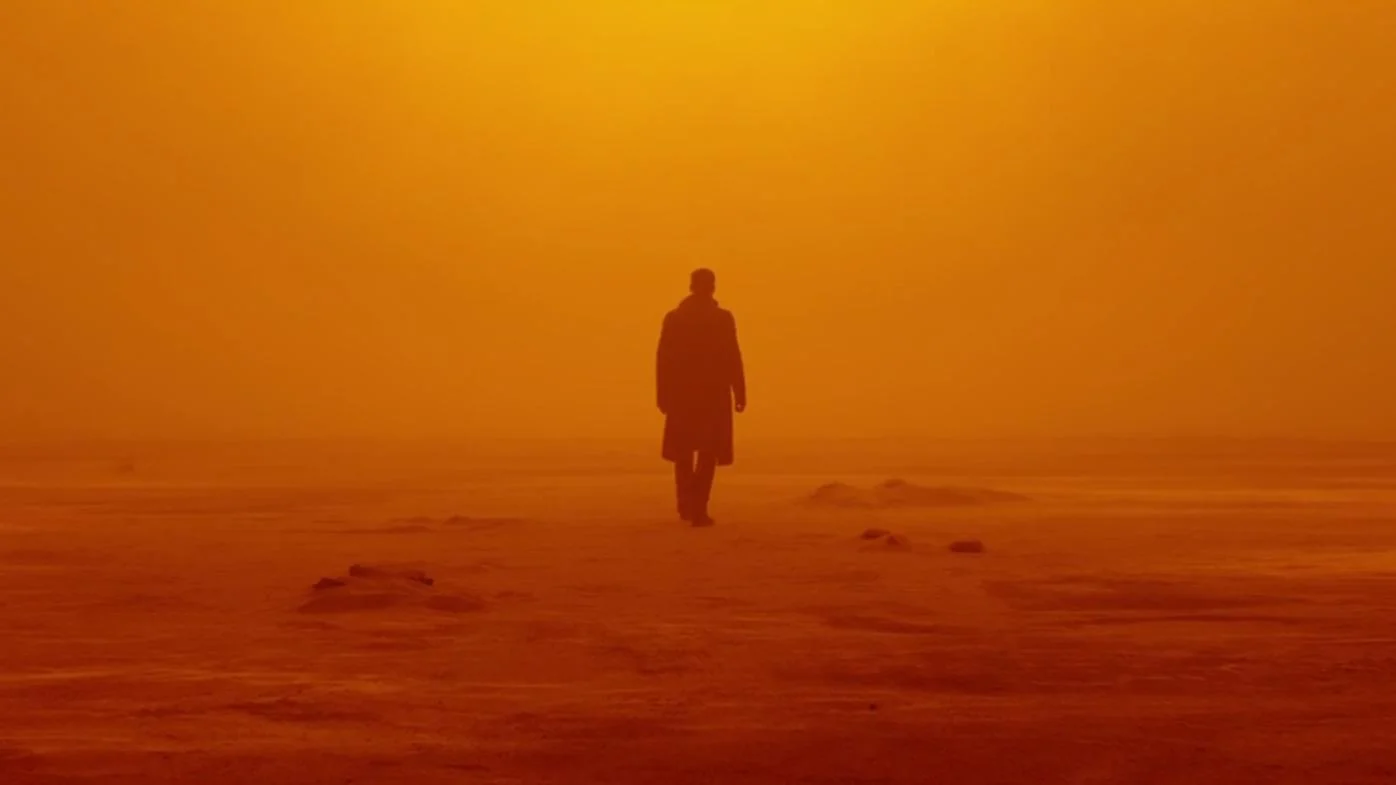Blade Runner 2049, Memory, and the Act of Writing
/Image from https://www.vox.com/2017/10/3/16403178/blade-runner-2049-review-bible-gosling-villeneuve-spoilers. Warner Bros.
SPOILER WARNING: This post contains mild spoilers for the new film Blade Runner 2049. Read at your own peril.
“I've seen things you people wouldn't believe. Attack ships on fire off the shoulder of Orion. I watched C-beams glitter in the dark near the Tannhäuser Gate. All those moments will be lost in time, like tears in rain.” – Roy Batty, Blade Runner (1982)
There’s a moment in Denis Villenueve’s new film Blade Runner 2049 that finds protagonist K (Ryan Gosling) meeting Dr. Ana Stelline (Carla Juri), a young woman who designs memory implants for “replicants”—bioengineered human beings originally designed to serve as workers in off-world space colonies. In her first scene, trapped behind a wall of glass to preserve her precarious health, the doctor lovingly and painstakingly manipulates a perfectly rendered image of a fly in a jungle, contracting and elongating its eyes, adding new antennae, and shrinking it down to the right size. Later, Dr. Stelline designs a memory of a birthday party, conjuring candles and children and a table before K’s eyes and perfecting each child’s gleeful expression as they blow out the candles. To escape the loneliness of her existence, she lives in a world of her own imagination and then imparts that imagination to the replicants.
It might seem strange to begin a blog on writing center pedagogy with a reflection about a sequel to a thirty-five year old science fiction film, but I was struck by the film’s treatment of how memory is translated into something tangible and the effects of that tangibility on the shaping of perception. Dr. Stelline’s process visually resembles a kind of technological sorcery as she uses a cylindrical device to create memories from nothing, but it is also something akin to the process of writing. Dr. Stelline notes (I’m paraphrasing) that the best memories, the ones that really make the replicants believe that they are human, are the most specific ones. In the Blade Runner universe, memories are used to keep replicants docile. The memories are only successful when they are specific, and because of that specificity, they have the power to give the replicants the illusion of a history and a sense of self—even if they’re false memories (and the ethics of giving creatures who think they're human fake memories is too big for the purview of this short blog), these memories gives their lives meaning. When these memories slip and the replicant realizes their falsity, it’s because something has cracked in the memory’s internal consistency and it strays too far from verisimilitude.
But so it is with writing. I’m certainly not suggesting that writers are like scientists trying to control their readers as the Tyrell Corporation controls their replicants, but as these memories are invented, arranged, and expressed, they pose an interesting analogy to the act of writing. Effective writing is specific, summoning vivid images inside readers’ minds and inviting them to imagine themselves in the author’s imagined world. Whether it’s fiction or non-fiction, if your writing leaves the reader unable to imagine themselves in your place or to feel the emotions you want them to feel, then the writing has, generally speaking, failed. As writers we capture our own memories—our own experiences of the world—in words to place them in our readers’ heads. Writing down that memory simultaneously sharpens our own understanding of ourselves and our ideas as we arrange, name, and narrate the images in our heads.
As writing center consultants, we aid our students in a process similar to Dr. Stelline’s. We help students translate vague and often initially unclear prose into something much more specific. Students bring in their work, full of potential but often ill defined, and this is where we come in—suggesting a deeper shade of green to a blade of grass there, a more gradual hue for the candle flames as they coalesce into smoke, an additional sentence explaining why this data matters, or a more vivid metaphor or better quotation to explain Othello’s jealousy. If writing isn’t specific, if it stays in the realm of the abstract instead of offering concrete details to which your reader can relate their own experience, then the verity is lost. Though this comparison isn’t perfect, what the memories in Blade Runner have in common aren’t just that they are part of someone’s experience—it’s that they are concrete and ultimately shape the individual's perception, decisions, and ways of interacting with their world. The individual then uses that memory to shape their own world, and so on, by how the memories are expressed and rendered, and in writing, if the reader is taken out of your world then the memory you wanted to share—and the meaning of that memory—slips away. As a writing consultant I feel constantly grateful for and awed by the power of language to help students express their memories and express them in a way that can shape both students’ understanding of themselves while conveying those ideas to other people. Lest we forget, writing too is a technology, and it is among our most important for ensuring that what’s inside our heads doesn’t just wash away like--as the rogue replicant Roy Batty (Rutger Hauer) says at the end of Ridley Scott’s 1982 original film--“tears in rain.”
